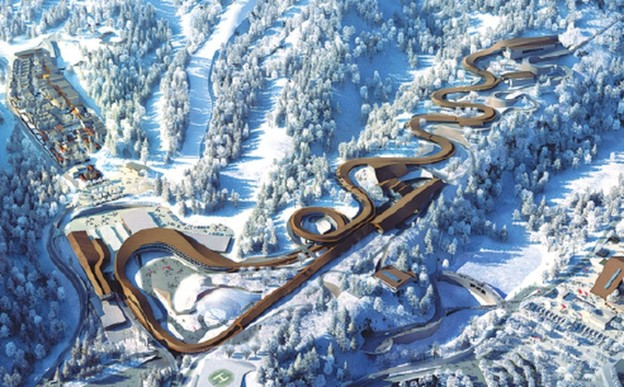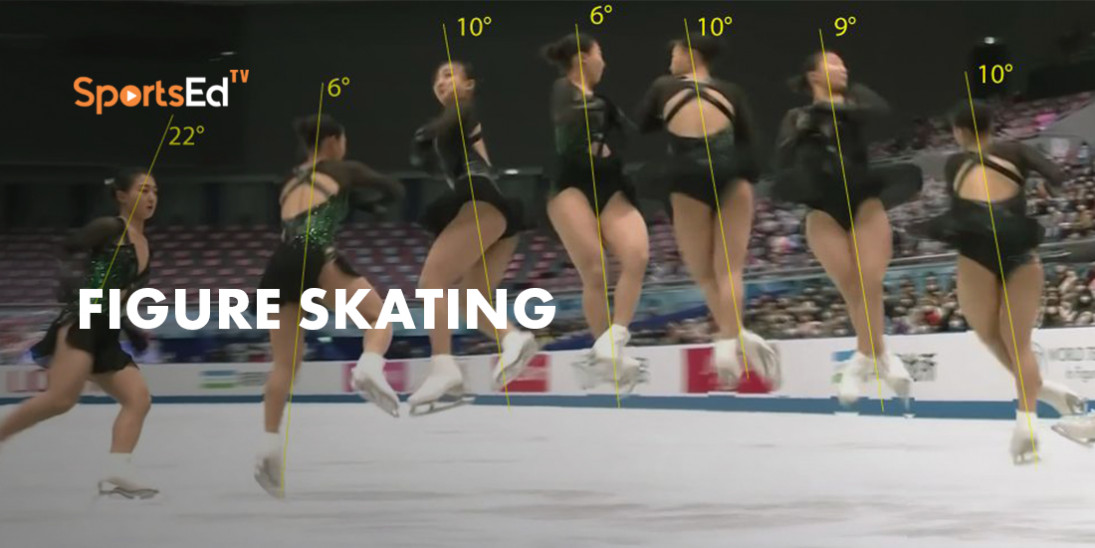Winter Sports
Welcome and thanks for visiting...

Basics of Luge Competition

The sport of luge is held on the same track as the other sliding sports, bobsleigh, and skeleton. However, it has different start gates and sees athletes begin the race from a seated position, meaning upper body strength is vital to achieving power.
A luge sled is custom built based on the athlete's height, weight, and proportions. It has no head support and cannot extend past the shoulders or further than the front edge of the athlete's kneecap.
There are four luge events men's and women's singles, doubles, and team relay. They take place on a course of 1.6 kilometers, with drops of approximately 90 to 120 meters or 30 stories in the course of the one-minute run.
The start is an important part of the race. Athletes move forward to the maximum, so they hit past the start handles and the angle between the torso and thighs is greater than 90 degrees, and they push themselves as far back as possible before pulling themselves forward in a forceful and rapid motion. So the shoulders crossed the initial holding line and finally let go of the handles. This starting motion is an explosive upper body movement using the back, shoulder, and arm muscles.
Sliders also require great strength to drive the sled down the track and fight for two to five g forces encountered. They must train hard to build upper body muscles through swimming, weight training, and calisthenics. During the race, sliders lie flat on the sled and snow, using their legs, shoulders, and head. To minimize air resistance, they must keep their head as flat as possible. Only just high enough to see the track ahead with their seat pointed forward.

The Yanqing National Sliding Center
Navigating the track as efficiently as possible is key to a fast time. Sliders do this by minimizing the distance traveled and the amount they steer, meaning that on the straight sections of the course. The slider must go as straight as possible, but on the turns they must ride up the side of the banked curves just the right amount to theoretically follow the perfect line.




